January 27 - Day of the complete liberation of Leningrad from the fascist blockade
The battle for Leningrad was one of the most important battles of the Second World War and the longest during the years of the Great Patriotic War. She became a symbol of courage and dedication of the defenders of the city. Neither terrible hunger, nor cold, nor constant shelling and bombardment could break the will of the defenders and residents of the besieged city. Despite the terrible hardships and trials that befell these people, the people of Leningrad survived and saved their city from the invaders. The unprecedented feat of the inhabitants and defenders of the city remained forever in the Russian stories a symbol of courage, perseverance, greatness of spirit and love for our Motherland.
The stubborn defense of the defenders of Leningrad bound the large forces of the German army, as well as almost all the forces of the Finnish army. This undoubtedly contributed to the victories of the Red Army on other sectors of the Soviet-German front. At the same time, even being in the blockade, the enterprises of Leningrad did not stop the production of military goods, which was used not only in the defense of the city itself, but also exported to the "mainland", which was also used against the invaders.
From the first days of World War II, one of the strategic directions according to the plans of the Hitler command was Leningrad. Leningrad was included in the list of the most important objects of the Soviet Union that needed to be captured. The offensive on the city led a separate army group "North". The tasks of the army group were to capture the Baltic states, ports and bases of the Soviet fleet in the Baltic and Leningrad.
Already on July 10, 1941, German troops launched an attack on Leningrad, the capture of which the Nazis attached important strategic and political importance. On July 12, the advanced units of the Germans reached the Luga defensive line, where their advance was delayed by the Soviet troops for several weeks. Heavy are actively engaged in the battle here. Tanks KV-1 and KV-2, who arrived at the front directly from the Kirov plant. Hitler's troops failed to take the city on the move. Hitler was dissatisfied with the prevailing situation, he personally made a trip to the Army Group "North" in order to prepare a plan for the capture of the city by September 1941.
The Germans were able to resume the attack on Leningrad only after the regrouping of the 8 troops in August 1941 of the year from the bridgehead seized from Bolshoi Sabsk. A few days later, the Luga defensive line was broken. August 15 German troops entered Novgorod, August 20 captured Chudovo. In late August, battles were already on the closest approaches to the city. 30 August the Germans seized the village and the station Mga, thereby cutting the railway communication of Leningrad with the country. September 8 Hitler's troops captured the city Shlisselburg (Petrokrepost), taking control of the source of the Neva and completely blocking Leningrad from the land. From that day began the blockade of the city, which lasted 872 day. 8 September 1941, all rail, road and river communications were broken. Communication with the besieged city could be maintained only by air and the waters of Lake Ladoga.
As early as September 4, the city was first subjected to shelling, German batteries fired from the occupied city of Tosno. On September 8, on the first day of the beginning of the blockade on the city, the first massive raid of German bombers took place. About 200 fires broke out in the city, one of which destroyed the large Badayevsky food depots, which only worsened the situation of the defenders and the population of Leningrad. In September-October 1941, German aviation made several raids on the city a day. The purpose of the bombing was not only to interfere with the work of the city’s enterprises, but also to sow panic among the population.
The conviction of the Soviet leadership and people that the enemy would not succeed in capturing Leningrad restrained the pace of the evacuation that was being carried out. In the city blocked by German and Finnish troops, there were more than 2,5 million civilians, including about 400 thousands of children. Food stocks to feed such a number of people in the city was not. Therefore, almost immediately after the encirclement of the city, we had to seriously save food, reducing food consumption rates and actively developing the use of various food surrogates. At various times, the blockade bread on 20-50% consisted of cellulose. Since the beginning of the introduction of the rationing system in the city, the norms for issuing food to the population of the city have decreased many times. Already in October, 1941, the residents of Leningrad felt a clear shortage of food, and in December a real famine began in the city.
The Germans were well aware of the plight of the defenders of the city, that women, children and old people were dying of starvation in Leningrad. But that was precisely what their blockade plan was about. Having failed to enter the city with fights, having broken the resistance of its defenders, they decided to starve the city and destroy it with intensive shelling and bombardment. The Germans made a major bet on exhaustion, which was supposed to break the spirit of Leningrad.
In November-December 1941, a worker in Leningrad could get only 250 grams of bread per day, and employees, children and old people - only 125 grams of bread, the famous “one hundred twenty-five blockade grams with fire and blood in half” (line from “Leningrad poem” Olga Bergholz). When 25 December was the first time the bread ration was added - with 100 grams of workers and 75 grams to other categories of residents, exhausted, exhausted people experienced at least some joy in this hell. This insignificant change in the norms for the issuance of bread has breathed in Leningraders even if it is very weak, but hope for the best.
It was autumn and winter of 1941-1942 that were the most terrible time in the history of the siege of Leningrad. Early winter brought a lot of problems and stood out very cold. In the city, the heating system did not work, there was no hot water, in order to keep warm the inhabitants burned books, furniture, and dismantled wooden buildings for firewood. Virtually the entire urban transport rose. People died in thousands of dystrophy and cold. In January, 1942 died in the city of 107 477 people, including 5636 children under the age of one year. Despite the terrible ordeals that fell to their lot, and in addition to starvation, Leningraders suffered very severe frosts that winter (the average monthly January temperature 1942 of the year was 10 degrees lower than the multiyear values), they continued to work. In the city there were administrative offices, polyclinics, kindergartens, printing presses, public libraries, theaters, and Leningrad scientists continued their work. The famous Kirov Plant also worked, although the front line ran from it only four kilometers away. He did not stop his work during the blockade for a single day. 13-14 summer teenagers worked in the city and stood up to the machines to replace their fathers who had gone to the front.
In the autumn, due to storms, shipping on Ladoga was seriously complicated, but tugs with barges still made their way to the city, bypassing the ice fields until December 1941. Some amounts of food could be delivered to the city by air. Hard ice on Lake Ladoga has not been established for a long time. Only November 22 began to move cars on a specially constructed ice road. This important highway for the whole city was named “The Road of Life”. In January, 1942, the movement of cars on this road was permanent, while the Germans fired on and bombed the track, but they could not stop the movement. At the same time in winter, evacuation of the population began from the city along the “Road of Life”. The first to leave Leningrad were women, children, the sick and the old. In total, about one million people were evacuated from the city.
As American political philosopher Michael Walzer later noted: "More civilians were killed in besieged Leningrad than in the hell of Hamburg, Dresden, Tokyo, Hiroshima and Nagasaki combined." Over the years of the blockade, according to various estimates, from 600 thousands to 1,5 millions of civilians died. The Nuremberg trials featured a number of 632 thousands of people. Only 3% of them died from shelling and bombing, 97% were victims of hunger. Most of the residents of Leningrad who died during the blockade were buried at the Piskaryov Memorial Cemetery. The cemetery area 26 ha. In the long row of graves lie the victims of the blockade, only in this cemetery about 500 thousand Leningradians were buried.
The Soviet troops managed to break through the blockade of Leningrad only in January 1943. This happened on January 18, when the troops of the Leningrad and Volkhov fronts met south of Lake Ladoga, breaking through a corridor 8-11 wide kilometers. In total, for 18 days, a railway with a length of 36 kilometers was built along the lake shore. On it in the besieged city again went the train. From February to December 1943, the 3104 train passed on this road into the city. The corridor pierced by land improved the position of the defenders and residents of the besieged city, but another year remained until the blockade was fully lifted.
By the beginning of 1944, German troops had created a deep-echelon defense around the city with numerous timber-earth and reinforced concrete defenses covered with wire barriers and minefields. In order to completely free the city on the Neva from the blockade, the Soviet command concentrated a large grouping of troops, organizing an offensive by the forces of the Leningrad, Volkhov and Baltic fronts, they were supported by the Red Banner Baltic Fleet, whose ship artillery and sailors seriously helped the defenders of the city throughout the blockade.
14 January 1944, the troops of the Leningrad, Volkhov and 2 Baltic fronts launched the Leningrad-Novgorod strategic offensive, whose main goal was to defeat Army Group North, to liberate the territory of the Leningrad Region and completely lift the blockade from the city. The first strike on the enemy in the morning of January 14 dealt part of the 2 th shock army. On January 15, the 42 Army moved from the Pulkovo region to the offensive. Overcoming the stubborn resistance of the Hitlerites — the 3 tank corps of the SS and the 50 army corps — the Red Army knocked out the enemy from the occupied defensive lines and, by January 20, surrounded Ropsha and destroyed the remnants of the Peterhof-Strelna group of Germans. They managed to capture about a thousand of soldiers and officers of the enemy, more than 250 artillery pieces were captured.
By January 20, the troops of the Volkhov Front liberated Novgorod from the enemy and began to force the German units out of the Mga area. The 2 Baltic Front was able to seize the Nasva station and captured the Novosokolniki-Bottom road, which was the basis of the Wehrmacht 16-th army line.
On January 21, the troops of the Leningrad Front launched an offensive; the main target of the attack was Krasnogvardeisk. 24-26 January, Soviet troops liberated Pushkin from the Nazis, repulsed the October Railway. The liberation of Krasnogvardeysk in the morning of January 26, 1944, led to the collapse of the solid line of defense of the Nazi troops. By the end of January, the troops of the Leningrad Front, in close cooperation with the troops of the Volkhov Front, inflicted a heavy defeat on the Wehrmacht’s 18 Army, moving forward 70-100 kilometers. A number of important settlements were released, including Krasnoye Selo, Ropsha, Pushkin, Krasnogvardeisk, Slutsk. Good prerequisites were created for further offensive operations. But the main thing was completely lifted the blockade of Leningrad.
On January 21, 1944, A. A. Zhdanov and L. A. Govorov, who no longer doubted the success of the further Soviet offensive, addressed Stalin personally with a request in connection with the complete liberation of the city from the blockade and the enemy’s shelling of the order front troops, as well as in honor of the victory won, in 27 in January to make 24 salute with artillery volleys from 324 guns in Leningrad. In the evening of January 27, almost the entire population of the city took to the streets and gleefully watched the artillery salute, which heralded a very important historical event in the history of the whole of our country.
Homeland appreciated the feat defenders of Leningrad. More than 350 of thousands of soldiers and officers of the Leningrad Front were presented to various orders and medals. 226 defenders of the city became Heroes of the Soviet Union. The medal "For the Defense of Leningrad" was awarded about 1,5 million people. For strength, courage and unprecedented heroism in the days of the blockade, the city of 20 January 1945 was awarded the Order of Lenin, and 8 of May 1965 received the honorary title “Hero City of Leningrad”.
Based on materials from open sources
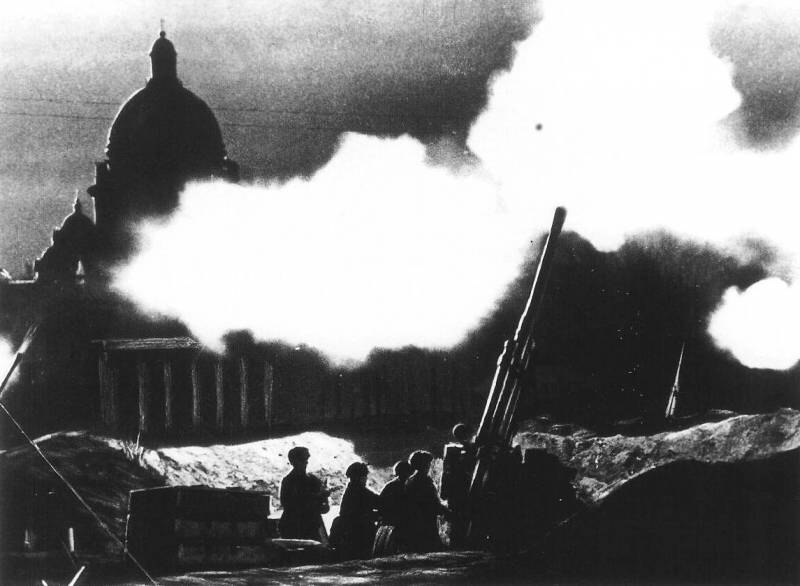
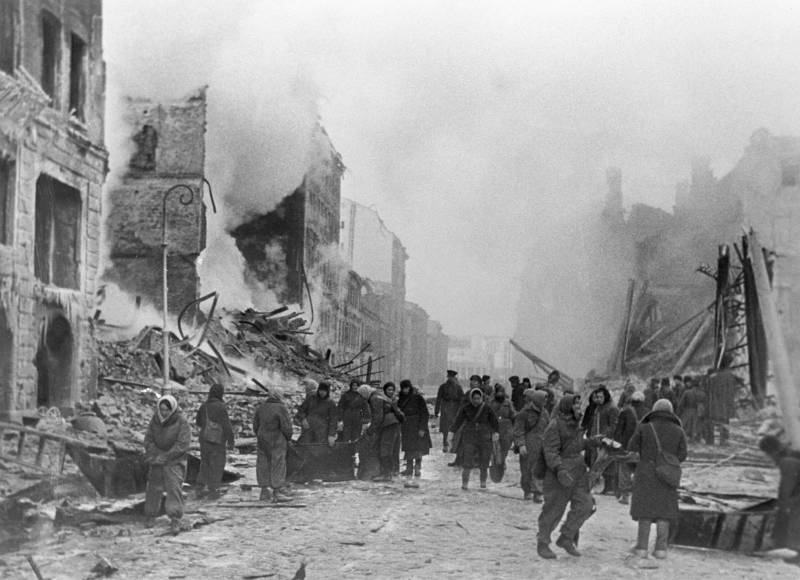
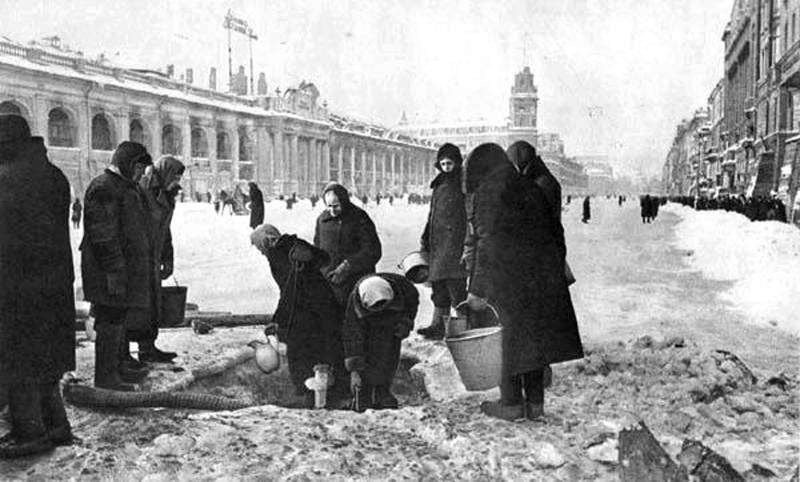
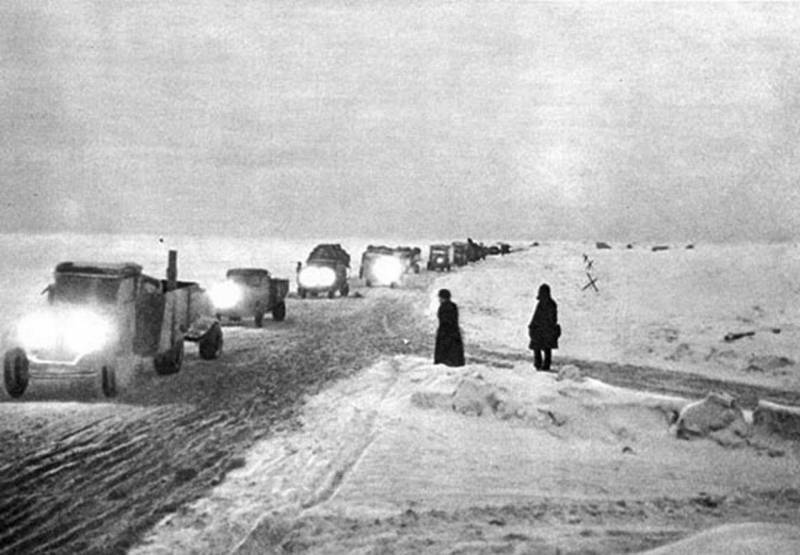
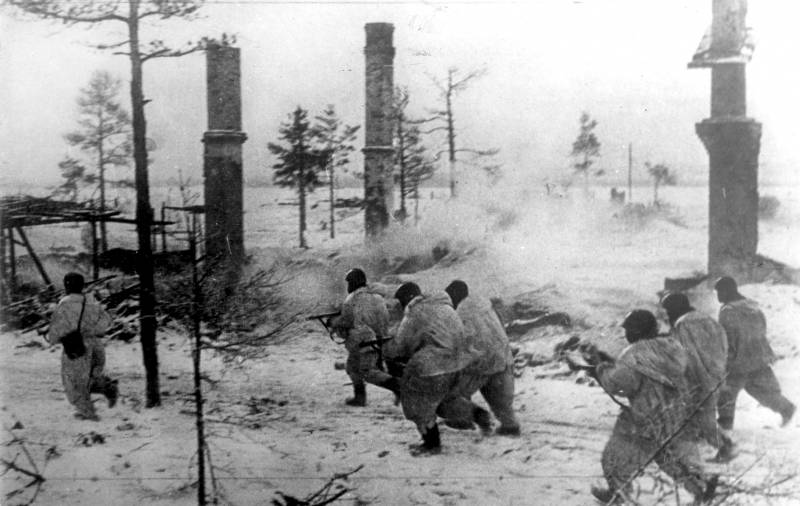
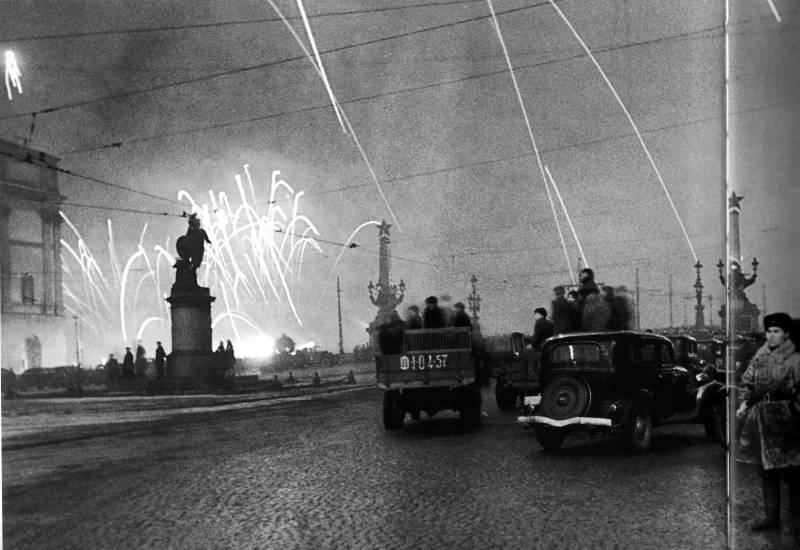
Information